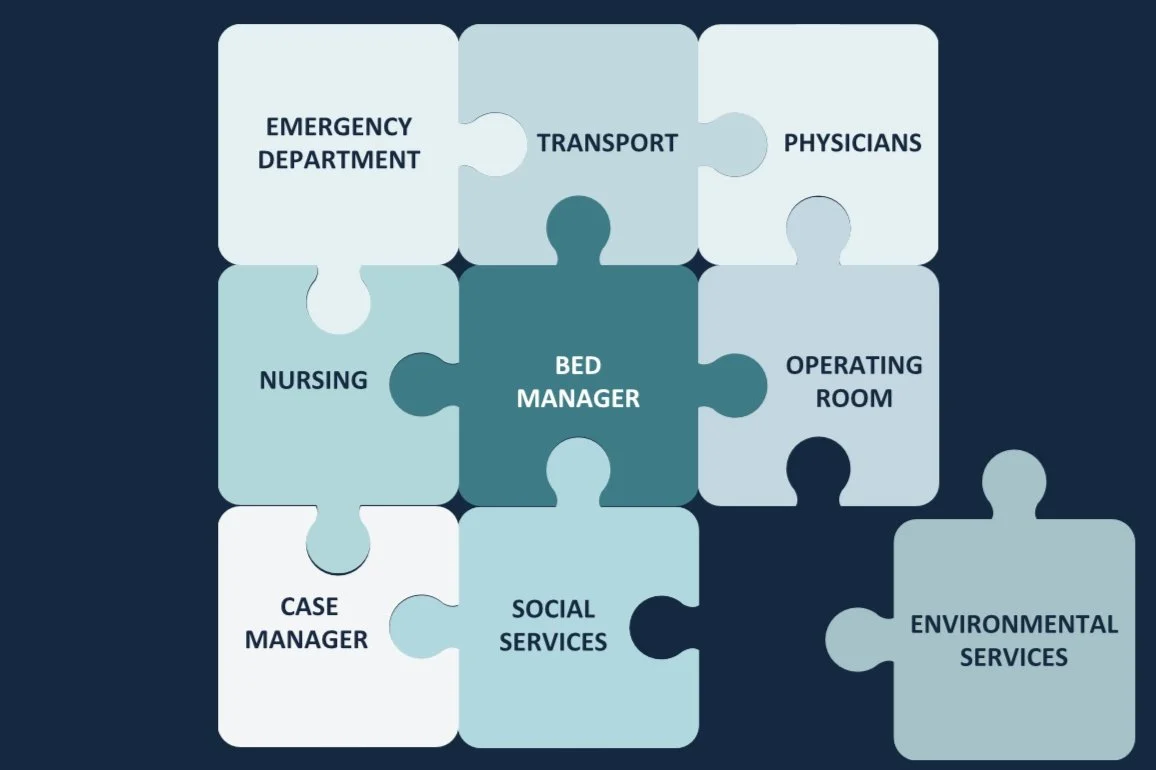How do organizations accurately determine the number of Full-Time Equivalents (FTEs) needed to fill staff schedules without requiring overtime?
If you’ve ever worked on this problem, you know that hiring 30 FTEs does NOT imply 30 FTEs will be worked. This means FTE totals taken from the HRIS system are unreliable (no, we aren’t referencing nonproductive time, although it also must be considered when calculating productive availability)!
To truly understand staffing commitment, we must review historically worked hours for each team member. A team member’s commitment is defined as the weekly hours they have agreed to work. As an example, 0.9 FTE RNs are hired to work 36 hours per week (typically in a 3x12 shift format).
Analyzing FTE availability begins with comparing this agreed-upon FTE commitment with actual worked hours.
Read More





